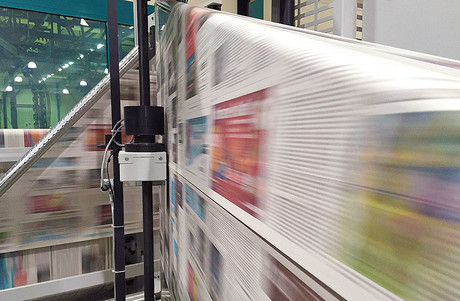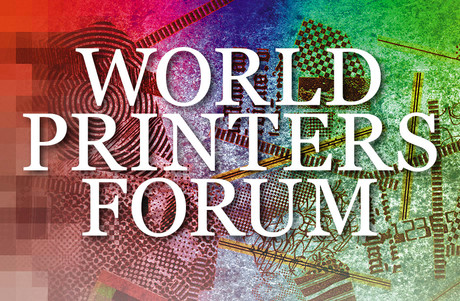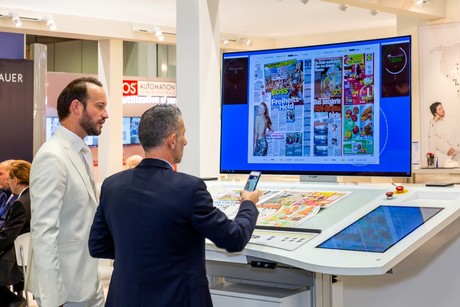In early June, the Danish daily tabloid Ekstra Bladet became the second foreign title this year to sign on with CSQ to be digitally printed; the other being the Belgian daily Het Laatste Nieuws. They join the two British tabloids, the Daily Express and Daily Star, to make up a steadily growing business for CSQ. “Is it [digital printing business] booming?” says Dario De Cian, General Manager at CSQ. “It is growing, step by step, but solidly. With the new jobs, we have a growth of 100 percent over 2014. Together with several local weeklies from the regions of Emilia Romagna, Lombardia and Piemonte, two fortnightlies and a huge amount of hyperlocal inserts with news and advertising, distributed together with the local offset printed dailies, the stock of products printed on digital web represents about the 3 percent of our income. That’s out of an annual production of more than 110 million of printed copies.”
The technology behind a ‘hybrid’ plant
The company installed the new digital web, an HP T230 Color Inkjet, into its printing plant near the end of 2012. “Since we introduced the new digital web, the business model was focused toward greater flexibility in the process, offering value added to publishers,” De Cian explains. “It was not introduced to replace one of the four offset webs – all by Wifag.” Instead, all the units had to work side by side. It’s not by chance that the new digital web, which is linked to a Hunkeler finishing line, was installed in the mailroom of the plant, where a full installation by Müller Martini and Sitma also provides flexible opportunities for different post production job demands. Indeed, the CSQ printing plant serves as a prototype of what the Italian market calls “a hybrid printing plant,” a facility that can offer innovative and effective services for today’s varied daily production requirements. That can mean just “one copy” to hundreds of thousands per night, says De Cion. Crucially, integration and flexibility are signatures of the plant.
Another USP
What also sets the printing plant apart is that it is one of the true success stories of industrial cooperation between two publishing groups: CSQ of Erbusco was established nearly 20 years ago as a joint venture between the SESAAB Group in Bergamo and the Editoriale Bresciana Group in Brescia. “And they never looked back since,” says De Cian. Ekstra Bladet and Het Laatste Nieuws are produced under an agreement that leaves the printer the option of switching to offset in case the circulations increase to a point where printing it digitally no longer is cost-effective. De Cian: “Is it possible? Yes it is.” Switching from digital to offset production is quite simple as the PDF is the same. What changes is the workflow, but with its Agfa Arkitex workflow system serving as the backbone of the plant, the company developed and integrated an in-house “double-tail” solution whereby that same PDF can be easily output to digital or offset.
Strategic location
The circulation of Ekstra Bladet has grown steadily since it started production at CSQ. De Cian says it is still in the range of digital printing, but it is not inconceivable that it could be produced in offset by the end of the summer season, says De Cian. CSQ also has “only offset” summer customers like the Dutch De Telegraaf and the German Bild am Sonntag. CSQ offers a strategic location for foreign titles, located between the cities of Bergamo and Brescia, 60 kilometres from Milan, and, more importantly, only 50 kilometres from Garda Lake, the largest lake in Italy and a popular holiday destination. Its distribution network also extends to the tourist destinations of the Mid and Northern Adriatic Sea and the Mid and Northern Tirrenic Sea. “The digital printing market is growing, this new technology we offer is both an offensive and a defensive tool during straight times,” De Cian says. “It really allows us to let publishers decide what they want, whether it be number of pages or the number of copies for each edition. We just do the job using the technology that better satisfies the customer’s needs.”






